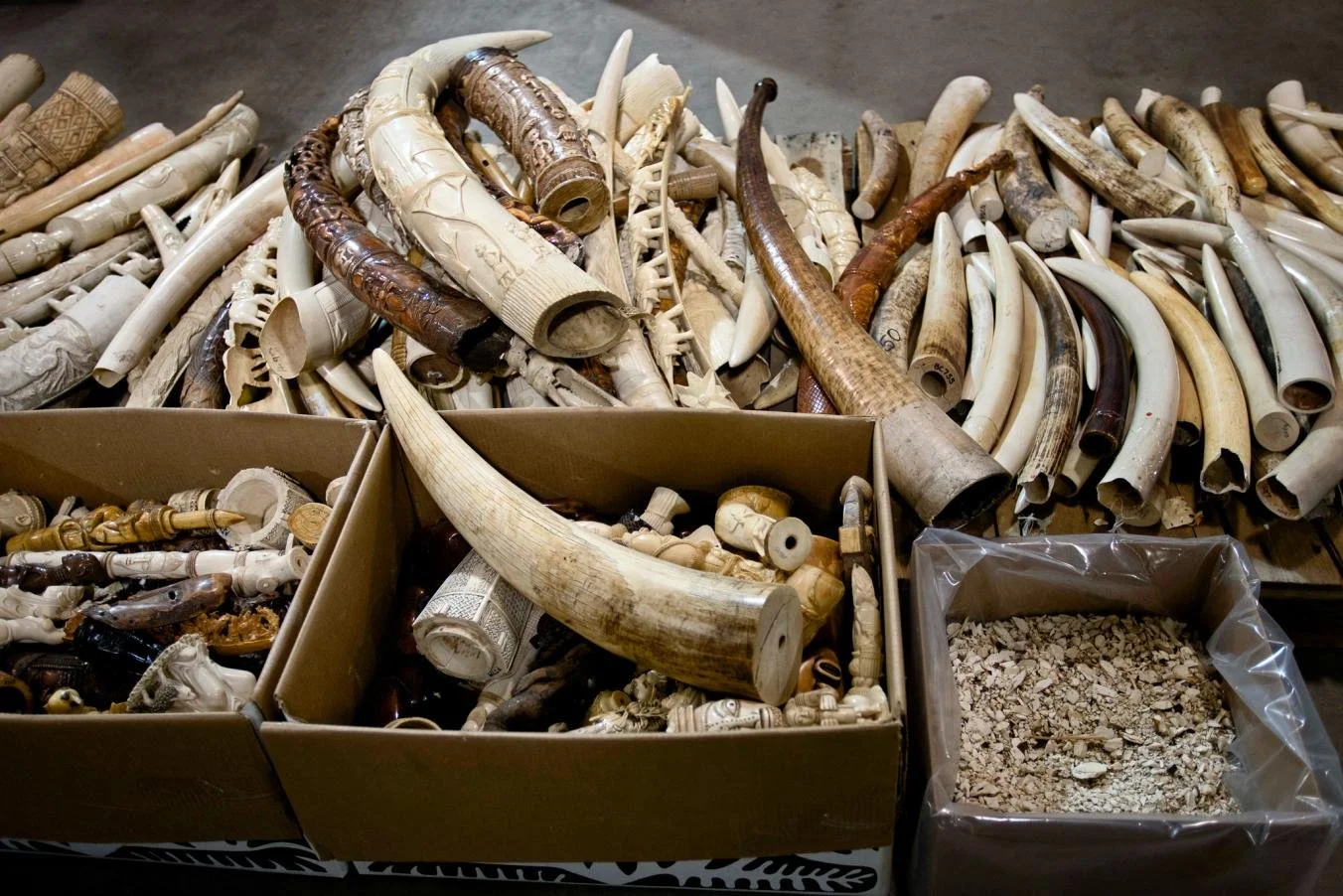African elephant populations have fallen from an estimated 12 million a century ago to some 400,000. In recent years, at least 20,000 elephants have been killed in Africa each year for their tusks. African forest elephants have been the worst hit. Their populations declined by 62% between 2002-2011 and they have lost 30% of their geographical range, with African savanna elephants declining by 30% between 2007-2014. This dramatic decline has continued and even accelerated with cumulative losses of up to 90% in some landscapes between 2011 and 2015. Today, the greatest threat to African elephants is wildlife crime, primarily poaching for the illegal ivory trade, while the greatest threat to Asian elephants is habitat loss, which results in human-elephant conflict. WWF has advocated for an end to commercial elephant ivory sales in the US and other major markets like China, Thailand, and Hong Kong as the most effective and efficient solution to end this illegal ivory trade.
Elephants
Threat
Illegal Ivory Trade
In 1989, the Convention on International Trade in Endangered Species of Wild Fauna and Flora (CITES)—a global agreement among governments to regulate or ban international trade in species under threat—banned the international commercial trade in elephant ivory. Poaching rates dropped following the action, but began to surge again around 2010, due to renewed consumer interest in purchasing elephant ivory, largely in Asia. After campaigns by WWF and other conservation groups, governments in problematic ivory markets like Hong Kong, Thailand, the US and the UK were pushed to take action to clamp down on illegal and unregulated domestic trade that was fueling the poaching.
The real game changer is China—by far the largest market for elephant ivory—which banned domestic trade of elephant ivory as of January 1, 2018. Since then, Chinese consumer desire for elephant ivory has dropped and wholesale prices of elephant ivory, even on the black market, have declined. WWF has been working since to reduce consumer demand for elephant ivory and ensure the ban is effectively enforced.
Threat
Habitat Loss
Elephants are also losing their habitats and ancient migratory routes due to expanding human settlements into their habitat, agricultural development, and the construction of infrastructure such as roads, canals, and fences that fragment their habitat. As a result, human-elephant conflict is rising as more and more elephants come into close contact with humans. This often leads to elephants destroying crops and property, as well as occasional human casualties. These negative interactions can result in the retaliatory killing of elephants.

